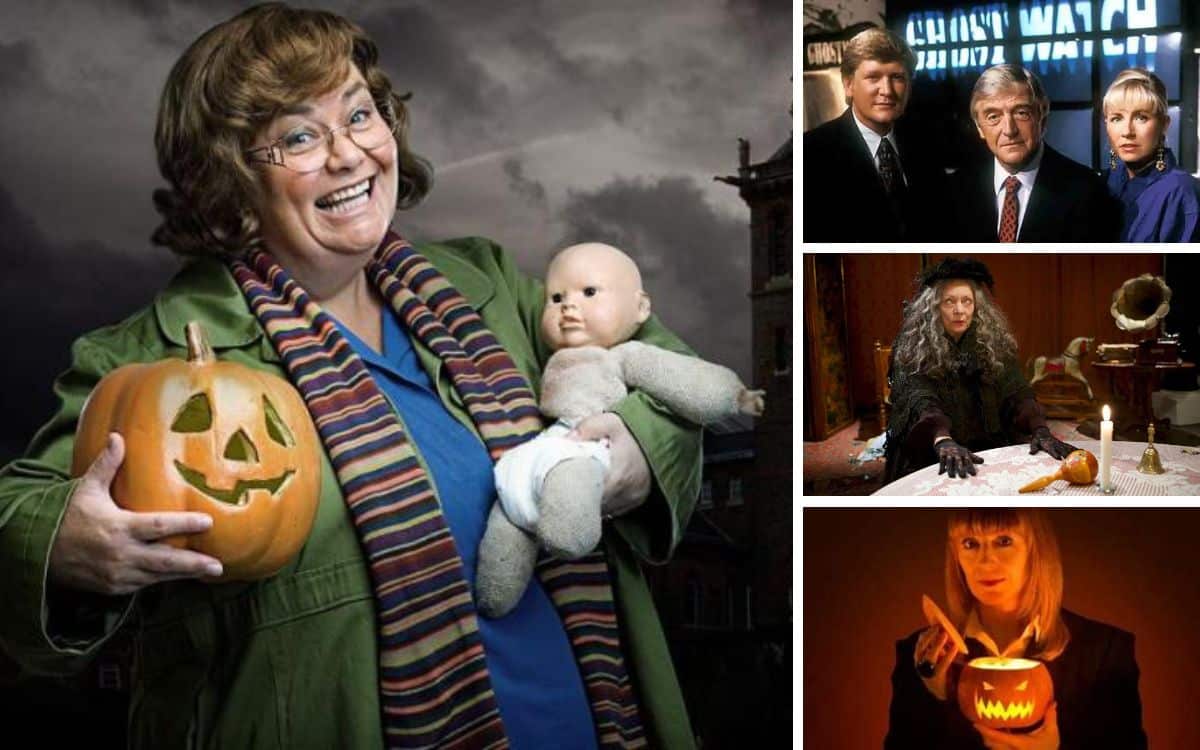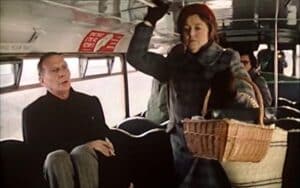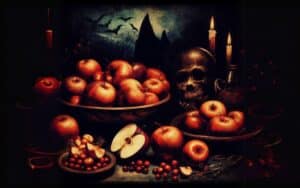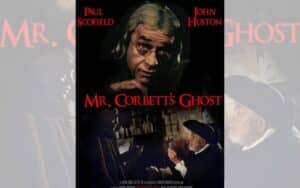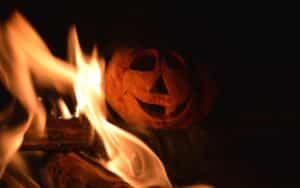Britain has a growing tradition of airing ghost stories on TV at Halloween, with some some ramping up the terror by blurring the line between reality and fiction, BRONTË SCHILTZ writes
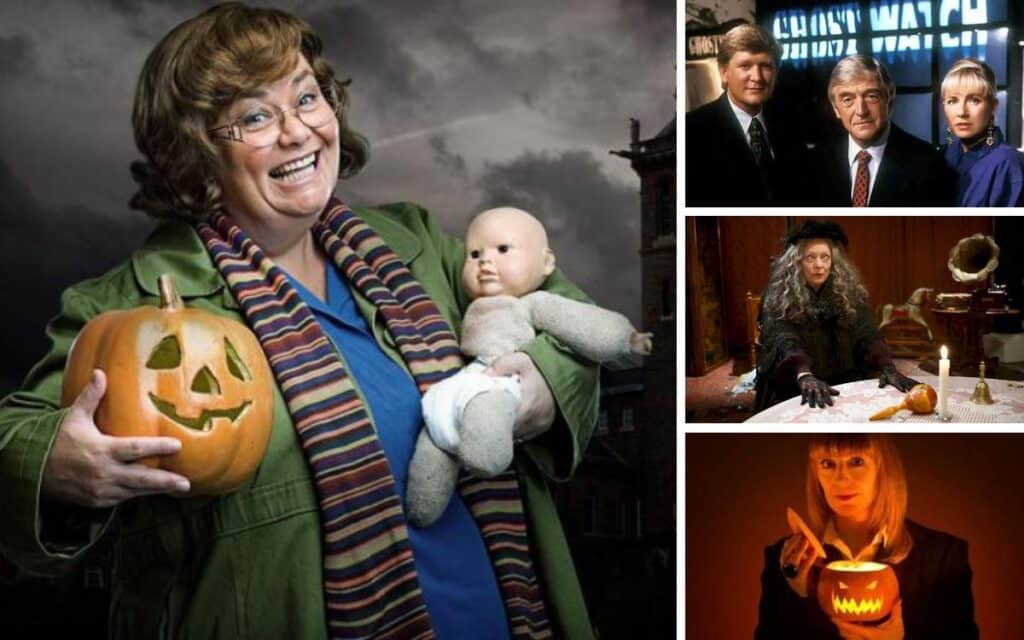
In his 2015 monograph, Haunted Seasons, Derek Johnston notes that the broadcast of ghost stories at Christmas “appear[s] to be a British tradition, with US programmes showing their ‘horror’ episodes at Halloween”.
The former is evidenced by the BBC strand A Ghost Story for Christmas. Nigel Kneale’s 1972 drama The Stone Tape also aired on Christmas Day, and Charles Dickens’ A Christmas Carol is perhaps the most famous British ghost story.
It is a fitting time of year for spectral tales – the nights are long, and the festive season inspires thoughts of those no longer with us, with the television taking on the role of the fireplace around which we once gathered to share stories.
But in the past few decades, British television scheduling has also seen a rise in horror around Halloween. This, too, is an apt occasion, said to be the night on which the barrier between the living and the dead is at its thinnest.
Fascinatingly, several of these properties focus on the medium of television itself. These include Stephen Volk’s Ghostwatch (1992) and two Halloween specials by Reece Shearsmith and Steve Pemberton: Psychoville’s Halloween Special (2010) and Inside No. 9’s Dead Line (2018).
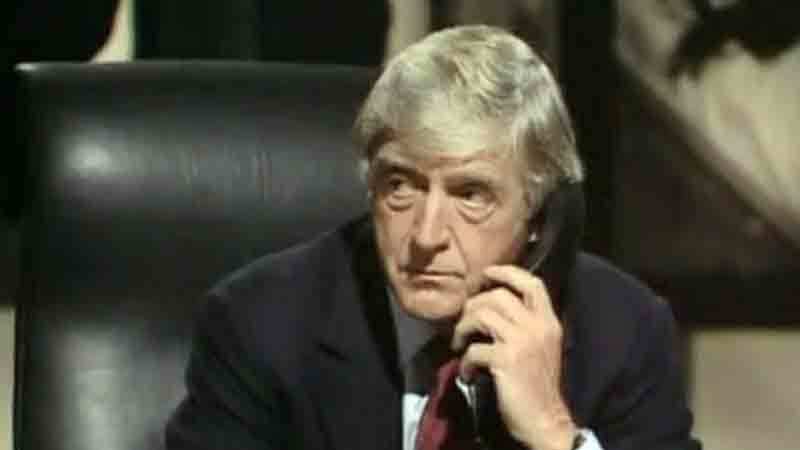
Ghostwatch aired on Halloween and took the form of a live broadcast presented by Michael Parkinson (Parkinson) and Mike Smith (That’s Showbusiness) in a BBC studio. Meanwhile, Smith’s wife Sarah Greene (Going Live!) and Craig Charles (Red Dwarf) are on the ground in Foxhill Drive, a fictional London street inhabited by Pamela Early and her daughters, Suzanne and Kim, whose home is plagued by a poltergeist they call Pipes.
They have gathered, Parkinson tells us, to present “a unique live investigation of the supernatural”. Horrific events ramp up as the broadcast creates “a massive séance”, culminating in the destruction of the BBC studio, entrapment and possible death of Greene and possession of Parkinson.
As I have discussed elsewhere, Ghostwatch is exemplary of what I term the Televisual Gothic – television horror about the horrors of television. The haunting even begins after Pamela “fell asleep in front of the television”. The living room thus also becomes a space in which barriers are blurred, and Volk warns viewers to be wary of what they allow into their homes.
Ghostwatch did not invent the concept of paranormal investigative television, but it certainly preceded its explosion, usually dated in the UK to the first broadcast of Most Haunted in 2002. Three years later, the programme attracted scandal when parapsychologist Ciaran O’Keefe revealed that medium Derek Acorah had been “possessed” by fictional ghosts he had invented – Kreed Kafer and Rik Eedles, anagrams of “Derek faker” and “Derek lies”. Nonetheless, the programme ran for another five years, was resurrected for five more in 2014, and repeatedly draws particularly large audiences for its annual Halloween episodes of Most Haunted Live!
Near the end of its first run, Shearsmith and Pemberton – half of dark sketch troupe The League of Gentlemen – created Psychoville, a horror-comedy that follows five former psychiatric patients at Ravenhill Hospital, overseen by the cruel Nurse Edwina Kenchington.
The Halloween special aired between the first and second series and is structured around a recce for a ghost investigation programme like Most Haunted, titled Dale Winton’s Overnight Ghost Hunt. Location manager Phil Walker visits the grounds of now-abandoned Ravenhill Hospital with Drew, a local man who, as a child, broke into the premises as a Halloween dare.
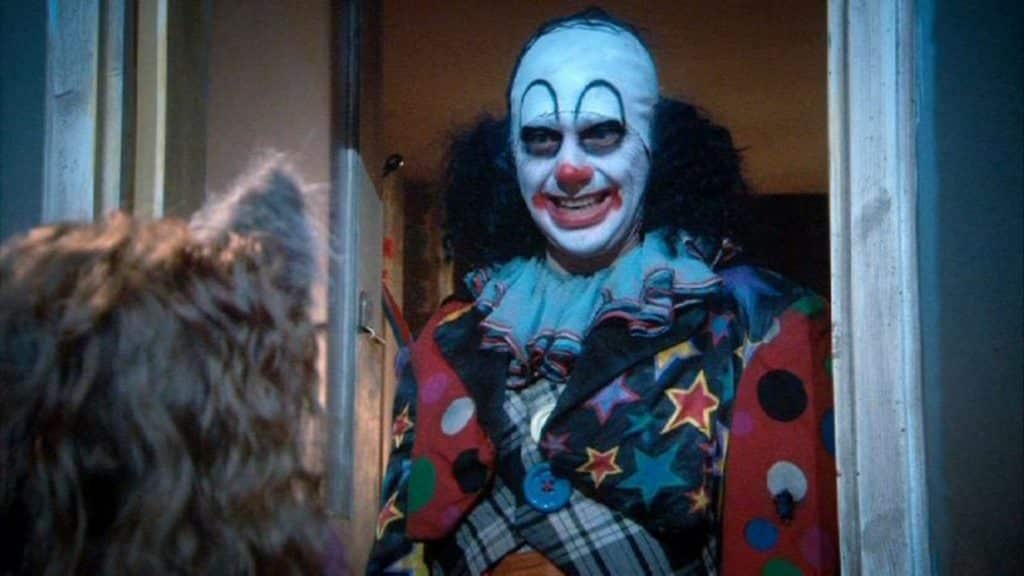
The episode, which nods to Ghostwatch, with Phil declaring that they “need [Winton] in a studio somewhere, like an anchorman you keep coming back to”, is structured through four stories that Phil and Drew exchange about the hospital.
But, unlike genuine ghost hunting programmes, which frequently insist on veracity, these stories are explicitly positioned as untrue. After Phil tells Drew that former patient Joy Aston murdered her husband, Drew asks, “Where did your researcher get that story from? A friend of a friend?” The truth is one of far more mundane tragedy: “Joy Aston lost a child to cot death then was institutionalised by her husband after a nervous breakdown.” To this, Phil replies, “Well, Dale did say he wanted to do edgier stuff.” Other stories are not verbally debunked but feature the deaths of characters viewers know to be alive when the episode is set. Referencing the Most Haunted scandal, Phil even admits that he “usually make[s] the names up”.
The special also explores the ethics of ghost hunting programmes’ exploitation of genuine traumatic experiences. Drew tells Phil that he got in touch when he heard that his production company was seeking locations because of his childhood experience, of which he has “such horrible memories”. Being caught and punished by Kenchington, he says, “was terrifying.” To this, Phil gleefully replies, “I know!” Paranormal television thus becomes a site of horror in and of itself, treating the dead and living alike as fodder for increasing ratings.
The thin boundary of the television set even makes a diegetic appearance when, in a tale Phil tells, Mancunian clown Mr. Jelly tries to watch The Exorcist only to find that his VHS contains children’s programme The Wiggles, into which the ghosts of two local children appear.
Shearsmith and Pemberton continue to explore these concerns with the ethics of broadcasting in Inside No. 9, with 2015’s “Séance Time” featuring a character rather like Phil, though even more callous. But in “Dead Line”, the majority of which was genuinely broadcast live, they tackle Halloween paranormal broadcasts head-on, as their episode is ostensibly interrupted by literal ghosts in the machine, ending with their on-screen deaths. As I have explored, this too is Televisual Gothic par excellence, returning to the theme of the disregard of human tragedy in the production of entertainment – and audiences’ thirst for real horrors.
Reality television has recently come under increased scrutiny, with The Jeremy Kyle Show cancelled following a participant’s suicide (later revealed to be one of 38 associated with the genre) in 2019. In such a climate, our willingness to exploit genuine death and suffering for entertainment invites deliberation of the kind that Volk, Shearsmith and Pemberton have provided for years.
What’s your favourite British Halloween TV special? Tell us in the comments section below!
BRONTË SCHILTZ is a journalist, writer and academic based in Manchester. She is on Twitter at @BronteSchiltz and her work can be found at bronteschiltz.squarespace.com.

